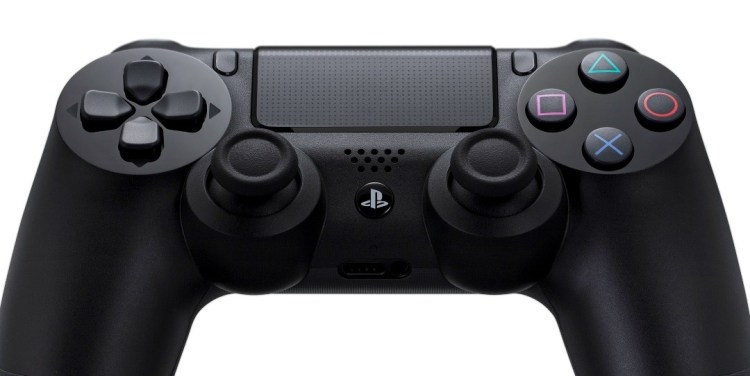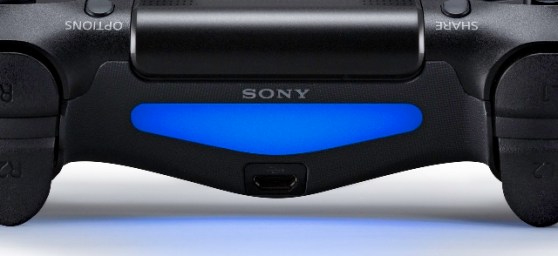This is part of our ongoing series about games and trends of the upcoming next generation.
We recently ran a series of articles that took a deep-dive look at the renovated PlayStation 4 controller, the DualShock 4. Now that we’ve had a chance to check out several PS4 games — ones that are coming out at launch on Nov. 15 and beyond into 2014 — we can see how different developers are using the new features on the joypad.
Here are some of the better examples that we’ve seen so far:
The touch pad
The new touch panel is impossible to miss. The black slate sits right in the middle of the DualShock 4 and supports multitouch and swiping motions and is a clickable button on its own.
Most developers seem to be using the touch pad as a source for extra input options, which seems almost counterintuitive in a time when “too many buttons” is a common reason cited for why console gaming is inaccessible to the mass market. But what else are gamemakers going to do with the thing? It’s not big enough to compete with a smartphone or tablet (or Wii U’s GamePad) as a primary interface, so — extra buttons it is.
In the first-person shooter Killzone: Shadow Fall, you can use the touch pad to control an “OWL” drone. Swiping up, down, left, or right selects the function (respectively: attack, create shield, stun/EMP blast, create zipline), and then pressing L1 activates it. The developers chose to go this route versus a more traditional “hold down a button to bring up a radial menu” method since the touch pad is available and faster for players to access.
Free-to-play co-op shooter Warframe uses the touch pad similarly, using the four cardinal directional swipes to activate special powers (with no additional button press needed). Just a quick flick can send out a radial blast or fireball, for example.
Fighting game Injustice: Gods Among Us replaces normal button prompts for cinematic moments (aka, quick-time events) with touch-pad swipes, just to change things up for the PS4 edition.
The touch pad also offers the opportunity to give more relational context to in-game actions, similar to what motion controls have offered in recent years (think Wii or PlayStation Move). In the action title Infamous: Second Son, you can swipe upward to mimic lifting an object, for example. Infamous also simulates fingerprint scanning by having you press your digits against the touch pad.
Some developers, however, do see the pad more like a smartphone or tablet in terms of how people would interact with it. In Blacklight: Retribution, another free-to-play shooter, besides swiping to taunt and clicking to use your tactical gear, you can pinch in with two fingers to check the current score, then spread (reverse pinch?) to close out that screen.
Killzone’s developers are planning something similar with their menus. In multiplayer, you’ll be able to swipe left or right to scroll between different stat screens. Currently, they haven’t implemented this feature yet since Shadow Fall only has one of those pages to look at. But once they start adding more, this input method will be ready to go.
The light bar
The light bar at the front and top of the controller was never meant to be high profile. Sony opted to point it down and away from the player so it’s not a distracting beacon that’s pulling your attention away from the television screen. Instead, it provides more subtle, sometimes ambient cues.
The most common use we’ve seen for it so far is to indicate who’s in control of what for same-screen multiplayer games. In four-player co-op indie titles like Helldivers, 1001 Spikes, and Tiny Brains, the light bars show different hues on each controller, usually matching a character’s designated in-game color to help everyone keep track of themselves.



